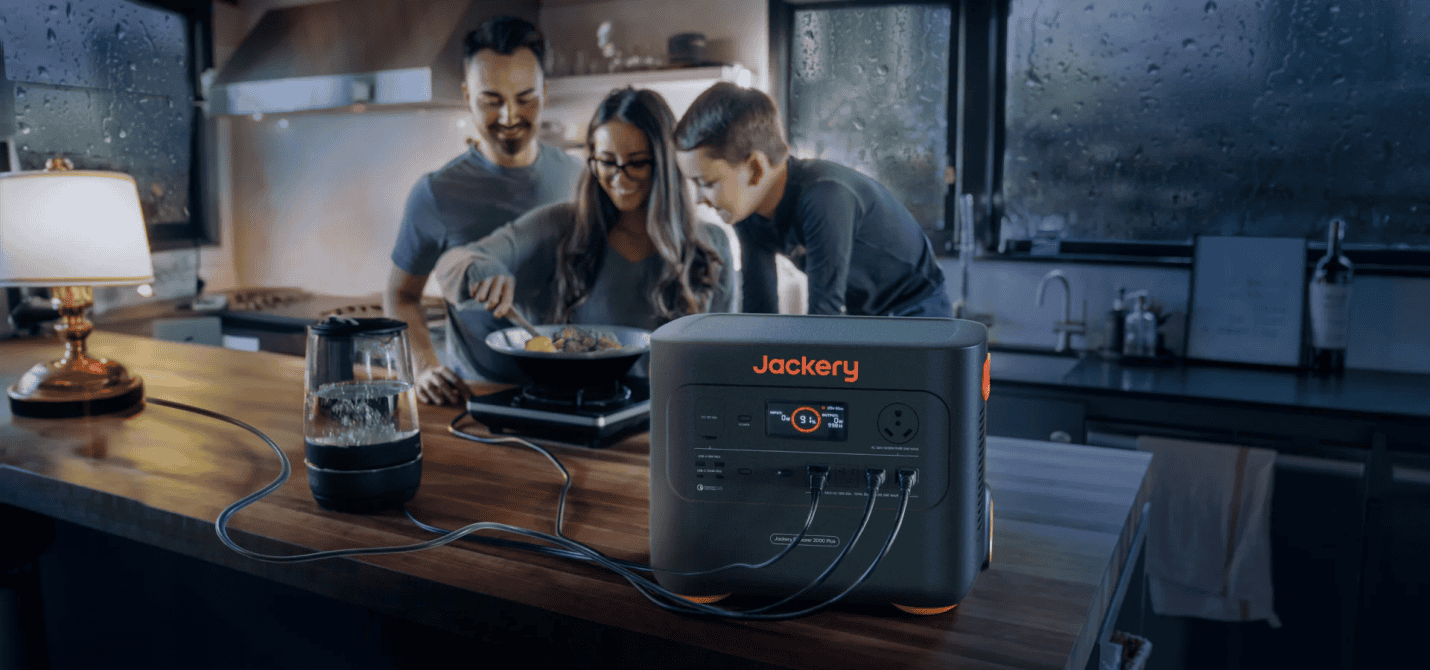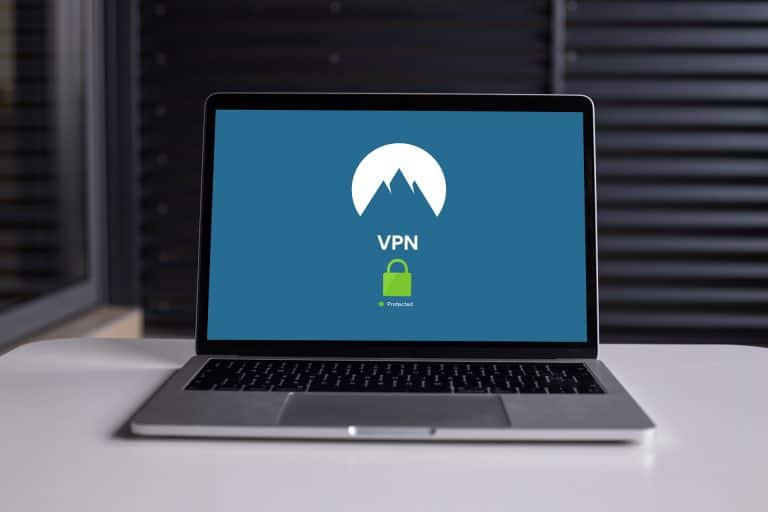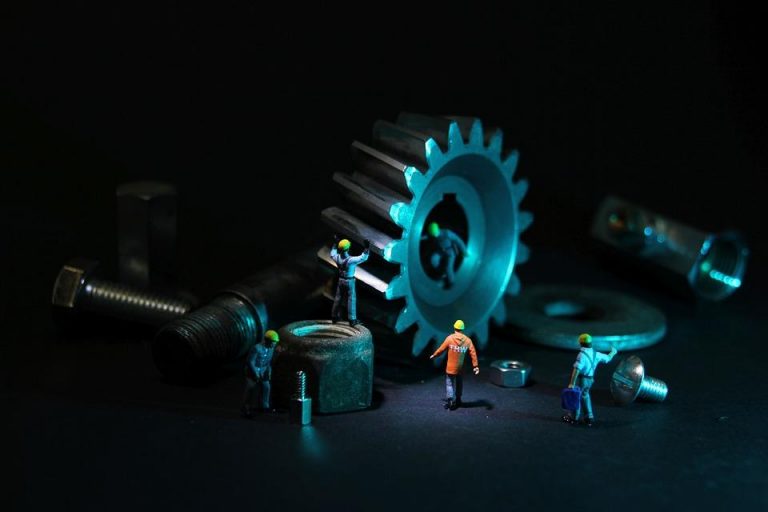Winter Storms Upcoming? Don’t Worry! Backup Generator for Home at Your Service
A large number of winter storms disrupt the lives of millions of Americans every year. On a national scale, hundreds of extreme weather events in winter, including not just large storms but also smaller-scale snow and ice occurrences, are recorded each year. These winter storms can severely impact transportation, power infrastructure, and public safety.
As power outages usually happen during winter storms, one of the easiest and most effective ways to offset the impacts of winter storms is to use a backup generator for homes that will keep your essential appliances running. Jackery provides highly reliable and safe whole house battery backup solutions. These solar backup generators will help you navigate winter storms with ease. Read on to learn more.

What Are Winter Storms and Their Types
Before moving on to the importance of a backup generator for homes in winter, let’s have a quick look at understanding winter storms:
A winter storm is defined as a combination of heavy snow, blowing snow, or dangerous wind chills that can significantly disrupt daily life activities. These storms create hazardous living conditions, which make travel more dangerous and drastically affect the functionality of essential services, including but not limited to knocking down power grids to leave millions of people without electricity for days.
There are several different types of winter storms, including:
1. Blizzards
These storms are known for heavy snow, strong winds, and low visibility, often making it impossible to see more than a few feet ahead. Blizzards can last for several hours or even days and create hazardous conditions for most outdoor activities. The accumulation of snow can burden power lines and other infrastructure, potentially causing them to sag or break. This weight increases the risk of power outages.
2. Ice Storms
Ice storms occur when freezing rain coats almost everything on Earth, such as roads, trees, and power lines. When rain falls into a below-freezing atmosphere, it freezes upon contact with surfaces, creating a layer of ice. This glaze ice can accumulate rapidly on power lines, poles, and other electrical equipment, which leads to power outages.
3. Lake Effect Storms
These storms occur when cold air passes over relatively warmer lake waters, picking up moisture and dumping it as snow on nearby areas. Lake-effect storms can produce intense snowfall over localized areas and usually impact regions around the Great Lakes. While this type of snowfall is usually perceived as less dangerous, it can also take a disastrous turn at times. For instance, Western New York was buried more than 6 feet in snow due to a lake effect snowfall in 2022.[1]
4. Snow Squalls
Snow squalls are sudden but intense bursts of snow accompanied by strong winds and sudden drops in temperature. Though short-lived, snow squalls can reduce visibility to nearly zero and create hazardous conditions in a matter of minutes. As these storms are characterized by intense wind spells, they can strike power stations, potentially leaving families in the dark.
Examples of Winter Storms Causing Power Outages
Most snow storms in the United States end up impacting the power supply for general citizens, which ultimately disrupts most of our daily life activities. These power outages can last even for weeks and expose us to the raw winter conditions that become impossible to bear at times.
For instance, in February 2023, a snowstorm swept across Michigan, causing over 600,000 homes and businesses to be left without power. The storm brought with it hazardous travel conditions, slick roads, and near-zero visibility due to blowing snow, which not only affected daily life but also posed a threat to public safety. It took a considerable amount of time for power to be restored, with about 15,890 of DTE Energy’s customers still without service even a week after the storm.[2]
The situation in Texas was even more dire in 2021 when an unprecedented snowstorm hit the state. Over 4.5 million households and businesses faced chronic power outages for days.[3] The storm did not set records for the lowest temperatures, but it caused generation outages and a loss of electricity service several times more severe than previous winter events.
While the damaged electric infrastructure is one of the major reasons for power outages in winter, the elevated electricity demand in extreme winter conditions also takes a toll on the grid, resulting in power outages. As weather becomes unbearable, it becomes necessary for almost everyone to use heating systems. The electricity demand consequently increases and the grid gets exposed to the load more than its capacity. Eventually, the grid can go down and you can be left at the mercy of harsh winter temperatures.
Consequences of No Electricity in Winter
With no electricity available, you just cannot run home heating systems. The situation can be even more tense for those having elderly people, children, or patients in their homes.
Even for a healthy individual, the lack of winter heating solution can lead to extreme consequences, such as:
Hypothermia
Prolonged exposure to cold temperatures without sufficient heating can cause a substantial drop in body temperature. In extreme cold, our body loses heat faster than our body can produce it, resulting in hypothermia, which potentially leads to dizziness, shivering, drowsiness, and, in severe cases, death.
Frostbite
In frigid conditions, especially indoors when no heating is available, exposed skin may freeze and sustain permanent damage. Frostbite primarily affects extremities such as fingers, toes, ears, and the nose, causing numbness, pain, and tissue injury that may require medical attention.
Heart Attacks
Struggling to stay warm puts added strain on the cardiovascular system. The body’s efforts to maintain its core temperature can increase heart rate and blood pressure. In susceptible individuals, this additional stress can contribute to heart attacks, making timely intervention and necessary warmth critical.
Respiratory Issues
Cold air can drastically increase breathing problems, particularly in individuals with underlying conditions like asthma or chronic obstructive pulmonary disease (COPD). Limited indoor heating intensifies these respiratory risks, as people inhale chilly, dry air that may inflame airways and complicate existing health challenges.
Why Everyone Should Have a Home Electricity Backup
With the high risk of power outages during winter storms, every American household needs to have a backup generator for homes that can continue to supply electricity not only for their heating needs but also to run other essential appliances that can make life easy in the tough times of winter storms.
A solar power generator for homes offers several advantages that make it a compelling option for homeowners looking to strengthen their emergency preparedness. Here is how:
Cost Efficiency
A backup generator for homes can be powered by solar energy. While the upfront investment in solar panels and storage batteries may seem higher than traditional generators, they offer highly attractive long-term savings as you do not have to keep on spending money on fuel. Additionally, the cost of maintaining the backup generator for homes is also minimal, which is not the case with traditional generators as they involve a lot of moving components that can break down and require replacement.
Unlimited Power
Unlike traditional generators that rely on finite supplies of gasoline or propane, solar panels keep on harnessing energy from the sun. During daylight hours, panels continuously charge the batteries, which ensures that power is available throughout the day. The high efficiency of modern-day solar systems is also a major advantage since these panels can generate electricity even in less-than-ideal sunlight conditions.
Enhanced Safety
A solar backup generator for homes poses no risk of carbon monoxide poisoning, often associated with conventional fuel-powered generators that emit harmful fumes. With solar energy, there is no need to worry about managing flammable fuels or placing generators outdoors. The clean and more environmentally friendly approach to emergency power provides peace of mind during challenging weather events.
Backup Generator for Home: Jackery Solar Generator 2000 Plus
Jackery Solar Generator 2000 Plus is a renowned backup generator for homes that provides stable, reliable, and safe electricity solutions to help you avoid the trouble that comes with power outages.
Here are some key features that make the Jackery Solar Generator 2000 Plus a standout backup power supply for homeowners:
Large, Expandable Capacity
The Jackery Solar Generator 2000 Plus provides an initial capacity of 2kWh, which can be expanded up to 24kWh with plug in backup battery packs. This versatility makes the Jackery Solar Generator 2000 Plus ideal for a wide range of scenarios, as you can easily scale up this backup generator for homes based on your electricity requirements. With expandable capacity, you can also be sure that you have backup electricity ready in case a power outage lasts for multiple days.
High Power Output
With a maximum output of 6,000W, the Jackery Solar Generator 2000 Plus can run even the most demanding devices, such as radiant heaters and space heaters. Apart from that, this power station can also operate other essential appliances like refrigerators, TVs, and medical equipment with ease. On top of this, the large capacity and high power output of this power station will let you run multiple appliances at once.
Ultra-Fast Charging
This backup generator for homes comes with ultra-fast solar charging technology that recharges the system to full capacity in just 2 hours with six Jackery SolarSaga 200W Solar Panels. This means you can fully charge the power station quickly when the sun is out and can rely on it for continuous power even if the weather is cloudy.
Weather Durability
This backup generator for homes is designed to operate in harsh environments. The inbox power station has an operating temperature of 14 to 113°F while the solar panels can operate within the temperature range of -4℉ to 149℉.
Safety
The Jackery Solar Generator 2000 Plus comes with top safety features, including the state-of-the-art ChargeShield Technology, which provides 62 protective mechanisms to safeguard against overcharging, overheating, and short circuits. This backup generator for homes contains a LiFePO4 battery, which is well-known for its safe operations and reliability. It has a lifespan of more than 10 years, which means that it will keep on providing you with reliable electricity year after year.

Wrapping-Up
As winter storms continue to increase in frequency and severity across the United States, it’s important for us to take proactive measures. This is why having a backup generator for home use has become a necessity these days.
The Jackery Solar Generator 2000 Plus provides a reliable and efficient power solution that keeps your home powered during extreme winter conditions. With its large, expandable capacity, high power output, ultra-fast charging, weather durability, and top-tier safety features, this backup generator for homes can offer unparalleled peace of mind when you need it most. Visit Jackery’s website to learn more about their solar generators and portable power stations.
References
- https://christianindex.org/stories/what-is-lake-effect-snow-warm-air-from-large-bodies-of-water-is-the-key-ingredient,97463
- https://apnews.com/article/dte-energy-ice-storm-infrastructure-michigan-ff874c38161cab359e4a91f565dad3cd
- https://www.sciencedirect.com/science/article/pii/S2214629621001997#:~:text=The%20Texas%20freeze%20of%20February,water%20treatment%20and%20medical%20services._




